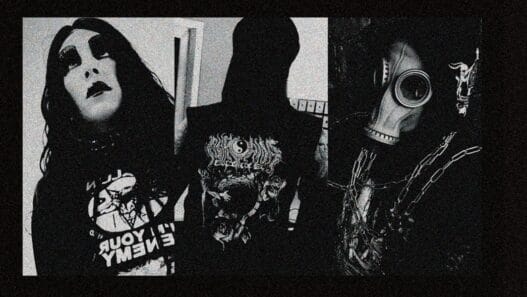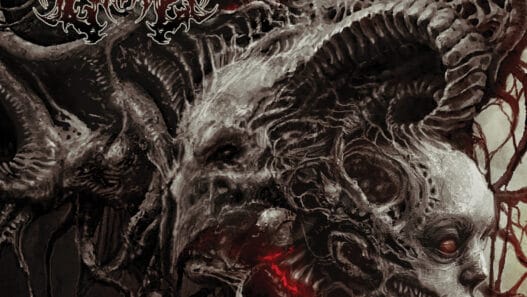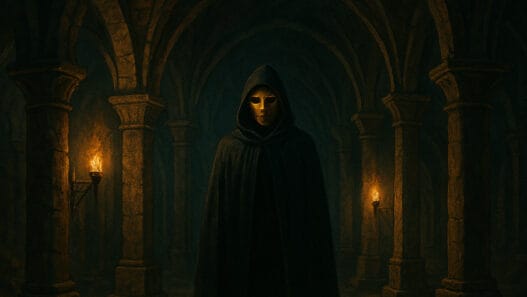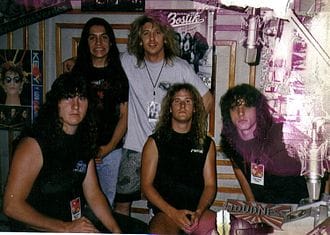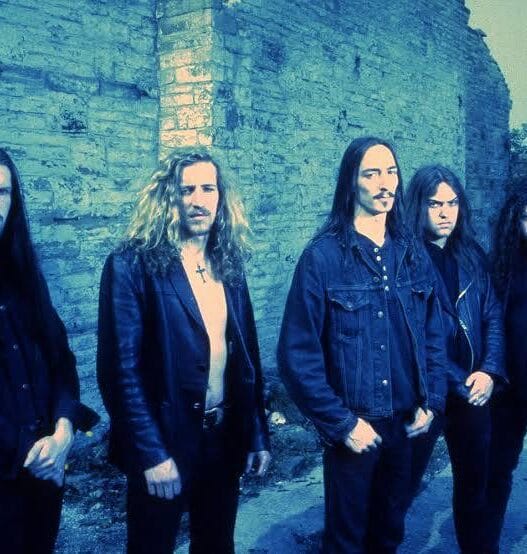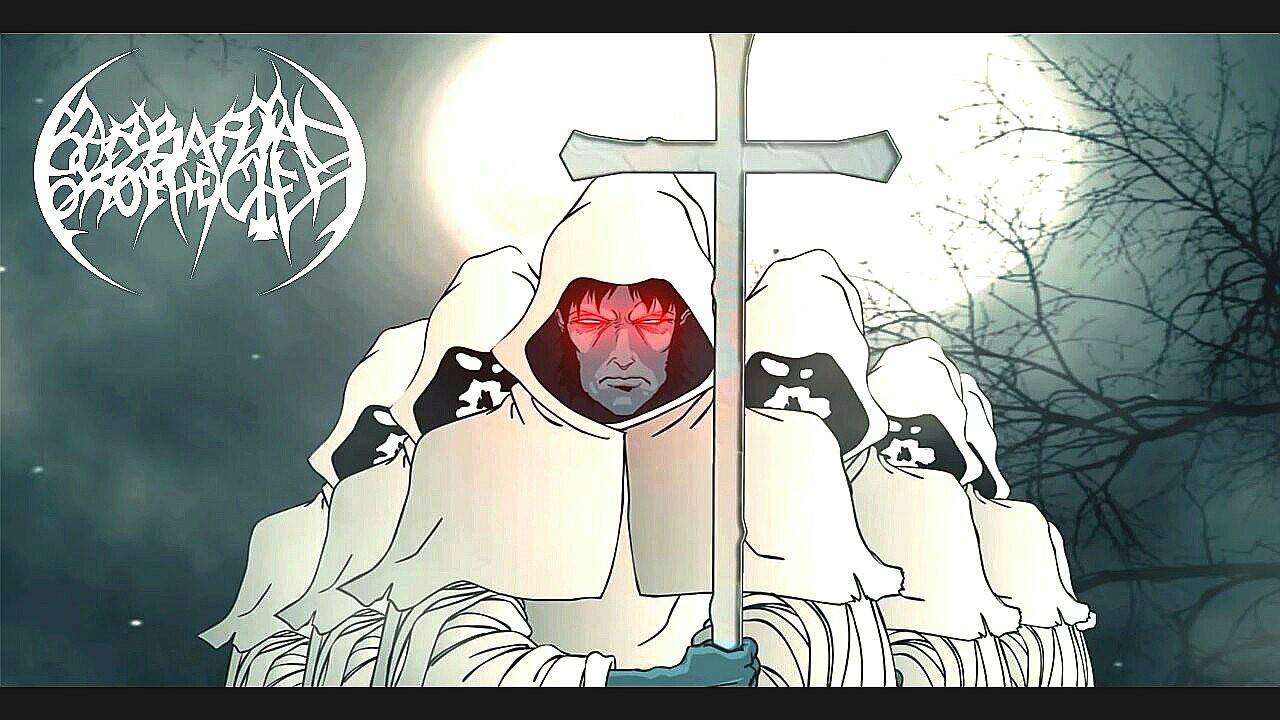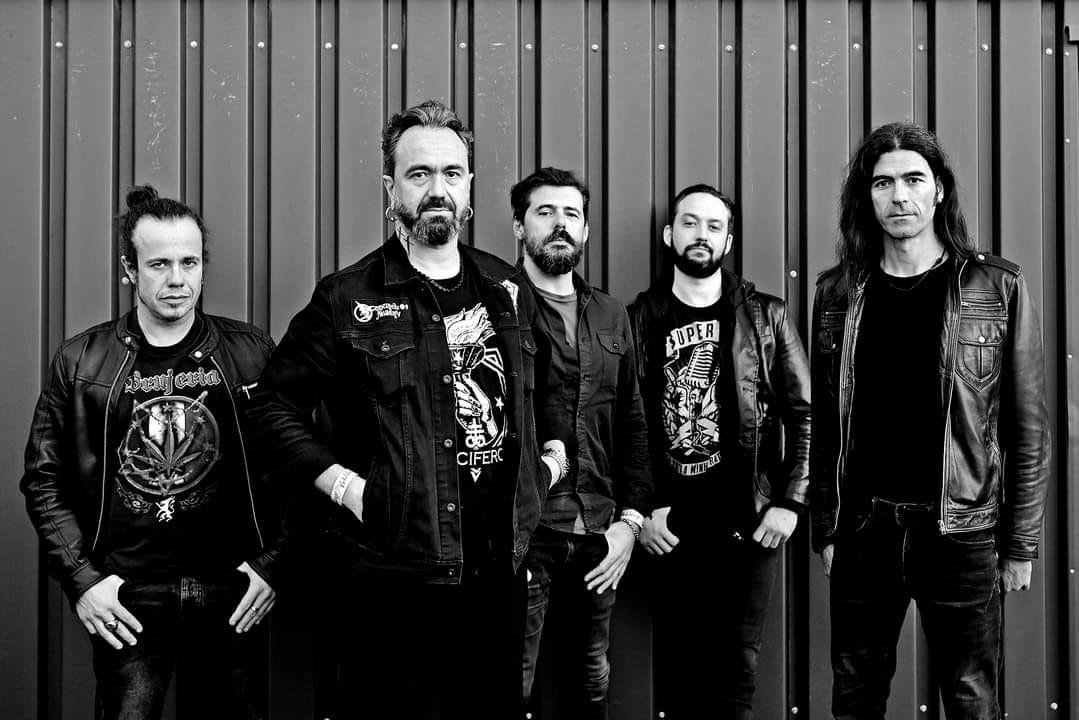(English Below)
Death, la banda estadounidense fundada por el guitarrista y vocalista Chuck Schuldiner (apodado «Evil Chuck» en los inicios), no solo fue una de las agrupaciones pioneras del Death Metal, sino también la fuerza motriz que lo impulsó hacia la complejidad técnica y la introspección progresiva. La discografía de Death es una crónica de la evolución del género: desde la brutalidad primordial y cruda hasta la sofisticación lírica y musical. Cada álbum es un paso adelante, documentando el crecimiento de Schuldiner como compositor y filósofo.
La Fundación y la Brutalidad Primordial (1987-1988)
Esta era está marcada por el sonido más crudo, directo y brutal, que sentó las bases para todo el género Death Metal de Florida.
- «Scream Bloody Gore» (1987): A menudo aclamado como el primer álbum de Death Metal en la historia. Este disco es una explosión de ferocidad cruda, centrado en letras de gore, terror y zombies, típicas del género. El sonido es sucio, los riffs son agresivos y la voz de Schuldiner es un gruñido gutural. Canciones como «Zombie Ritual» y «Mutilation» son himnos de metal extremo que definieron el sonido de la década siguiente, haciendo de este álbum una pieza de museo imprescindible para entender los orígenes del género.
- «Leprosy» (1988): Este álbum representó un significativo paso adelante en la composición y la producción. Aunque mantuvo la temática gore y la brutalidad, las canciones como «Pull the Plug» y la homónima «Leprosy» son más estructuradas y los riffs más definidos. El sonido es más potente y menos caótico que su predecesor. Marcó la primera instancia donde Schuldiner comenzó a introducir elementos de mayor técnica, sentando las bases de lo que se conocería como Death Metal Técnico.
La Transición y la Maestría Técnica (1990-1993)
En esta etapa, Schuldiner se distanció de las temáticas gore para enfocarse en la introspección, la filosofía y la crítica social, mientras la música se hacía más compleja y virtuosa.
- «Spiritual Healing» (1990): El álbum que marcó el giro temático y conceptual de la banda. Las letras se centraron en la hipocresía religiosa, los males sociales y la política. Musicalmente, el álbum es más técnico y complejo que los anteriores, especialmente en el trabajo de guitarra, aunque aún mantiene la velocidad y la intensidad del Death Metal. Temas como «Low Life» y «Genetic Reconstruction» demostraron la creciente madurez de Schuldiner como letrista y compositor, abriendo el camino hacia el metal progresivo.
- «Human» (1991): El álbum que redefinió por completo a Death, convirtiendo el Death Metal Técnico en Death Metal Progresivo. Con una nueva y virtuosa formación que incluía al bajista Steve Di Giorgio y al baterista Sean Reinert, la música se llenó de riffs disonantes, cambios de ritmo abruptos y un enfoque jazz-fusión en la batería. Canciones como «Lack of Comprehension» y «Together As One» son esenciales. Las letras exploran la condición humana y la psicología, elevando el género a un nuevo nivel de sofisticación.
- «Individual Thought Patterns» (1993): Una obra cumbre de la técnica y la composición. Este disco es una continuación directa de la dirección progresiva, llevando la complejidad a su punto máximo. La incorporación del guitarrista Andy LaRocque (King Diamond) añadió una capa de solos melódicos y riffsmás intrincados. «The Philosopher» y «Destiny» son ejemplos de la perfecta fusión entre brutalidad técnica y melodía compleja. Este álbum solidificó la reputación de Death como una banda que no solo era rápida, sino increíblemente inteligente.
La Consolidación Progresiva y el Legado (1995-1998)
En sus últimos años, Death se consolidó como una banda de metal progresivo, con una composición más melódica, limpia y conceptual, manteniendo la base técnica del Death Metal.
- «Symbolic» (1995): Este álbum es una declaración de pureza progresiva. Aunque mantiene la velocidad, el sonido es notablemente más limpio y melódico, con un mayor énfasis en el groove y la estructura de las canciones. La voz de Schuldiner se hizo más clara y menos gutural, centrándose en una especie de grito melódico. «Crystal Mountain» y el tema homónimo «Symbolic» son pilares de la discografía, explorando temas de mortalidad, sueños y recuerdos con una sensibilidad lírica profunda.
- «The Sound of Perseverance» (1998): El álbum final de Death y una síntesis perfecta de toda su carrera. Combina la agresión técnica de «Human» con la melodía introspectiva de «Symbolic». La voz de Schuldiner se inclinó aún más hacia un registro más alto y distintivo, distanciándose definitivamente del growltradicional. Con la épica final «Voice of the Soul» (una pieza instrumental emotiva) y temas feroces como «Scavenger of Human Sorrow», este disco es un testamento al legado de Schuldiner: una búsqueda implacable de la excelencia musical y lírica hasta el final.
La discografía de Death es un viaje esencial, no solo para entender la evolución del Death Metal, sino para apreciar el trabajo de un compositor y visionario que transformó un género brutal en una forma de arte progresiva y reflexiva.
Death, the American band founded by guitarist and vocalist Chuck Schuldiner (nicknamed «Evil Chuck» in the early days), was not only one of the pioneering groups of Death Metal, but also the driving force that propelled it toward technical complexity and progressive introspection. Death‘s discography is a chronicle of the genre’s evolution: from primordial and raw brutality to lyrical and musical sophistication. Each album is a step forward, documenting Schuldiner‘s growth as a composer and philosopher.
The Foundation and Primordial Brutality (1987-1988)
This era is marked by the rawest, most direct, and most brutal sound, which laid the foundation for the entire Florida Death Metal genre.
- «Scream Bloody Gore» (1987): Often hailed as the first Death Metal album in history. This record is an explosion of raw ferocity, focused on lyrics about gore, horror, and zombies, typical of the genre. The sound is dirty, the riffs are aggressive, and Schuldiner‘s voice is a guttural growl. Songs like «Zombie Ritual» and «Mutilation» are extreme metal anthems that defined the sound of the following decade, making this album an essential museum piece for understanding the origins of the genre.
- «Leprosy» (1988): This album represented a significant step forward in composition and production. Although it maintained the gore themes and brutality, songs like «Pull the Plug» and the self-titled «Leprosy» are more structured and the riffs more defined. The sound is more powerful and less chaotic than its predecessor. It marked the first instance where Schuldiner began to introduce elements of greater technique, laying the foundation for what would be known as Technical Death Metal.
The Transition and Technical Mastery (1990-1993)
In this stage, Schuldiner distanced himself from gore themes to focus on introspection, philosophy, and social critique, while the music became more complex and virtuous.
- «Spiritual Healing» (1990): The album that marked the band’s thematic and conceptual shift. The lyrics focused on religious hypocrisy, social ills, and politics. Musically, the album is more technical and complex than the previous ones, especially in the guitar work, although it still maintains the speed and intensity of Death Metal. Tracks like «Low Life» and «Genetic Reconstruction» demonstrated Schuldiner‘s growing maturity as a lyricist and composer, opening the way toward progressive metal.
- «Human» (1991): The album that completely redefined Death, turning Technical Death Metal into Progressive Death Metal. With a new and virtuous lineup that included bassist Steve Di Giorgio and drummer Sean Reinert, the music was filled with dissonant riffs, abrupt tempo changes, and a jazz-fusion approach to the drumming. Songs like «Lack of Comprehension» and «Together As One» are essential. The lyrics explore the human condition and psychology, elevating the genre to a new level of sophistication.
- «Individual Thought Patterns» (1993): A masterpiece of technique and composition. This record is a direct continuation of the progressive direction, taking complexity to its maximum point. The incorporation of guitarist Andy LaRocque (King Diamond) added a layer of melodic solos and more intricate riffs. «The Philosopher» and «Destiny» are examples of the perfect fusion between technical brutality and complex melody. This album solidified Death‘s reputation as a band that was not only fast but incredibly intelligent.
Progressive Consolidation and the Legacy (1995-1998)
In their final years, Death consolidated as a progressive metal band, with a more melodic, clean, and conceptual composition, maintaining the technical foundation of Death Metal.
- «Symbolic» (1995): This album is a declaration of progressive purity. Although it maintains speed, the sound is notably cleaner and more melodic, with a greater emphasis on groove and song structure. Schuldiner‘s voice became clearer and less guttural, focusing on a kind of melodic scream. «Crystal Mountain» and the self-titled track «Symbolic» are pillars of the discography, exploring themes of mortality, dreams, and memories with a deep lyrical sensitivity.
- «The Sound of Perseverance» (1998): Death‘s final album and a perfect synthesis of their entire career. It combines the technical aggression of «Human» with the introspective melody of «Symbolic» Schuldiner‘s voice leaned even further toward a higher and distinctive register, definitely distancing itself from the traditional growl. With the final epic «Voice of the Soul» (an emotional instrumental piece) and fierce tracks like «Scavenger of Human Sorrow» this record is a testament to Schuldiner‘s legacy: an unrelenting pursuit of musical and lyrical excellence until the end.
Death‘s discography is an essential journey, not only for understanding the evolution of Death Metal, but for appreciating the work of a composer and visionary who transformed a brutal genre into a progressive and thoughtful art form.



